Sound Quality
AFUL Performer 8 is a clean-sounding, nicely balanced and resolving monitor with a neutral presentation. Its overall performance and presentation are close to the Performer 5, but with some details being different. Also, the technical performance of the P8 is above the P5, and it is better in terms of control and focus.
The bass in the Performer 8 has a satisfying tempo and impact. Its midrange is expressive and clear, while the treble is somewhat lively and brilliant. In my opinion, the Performer 8 is one of the most outstanding in-ear monitors available for the price. Generally, it functions as a balanced monitor, but you shouldn’t anticipate exceptional musicality or a warm, full-bodied sound. It has a neutral sound profile, yet it can sound more musical and organic with warmer audio sources.
Bass
The Performer 8 has a very controlled bass response with good impact and rumble on the sub-bass region. However, the mid-bass area lacks some impact and presence, making the P8 a leaner, drier IEM than most hybrid offerings out there. The dynamic driver is not dominating in any way, but it makes its presence felt when needed. It doesn’t have a fat sub-bass response which is a very good thing, but the mid-bass should’ve been more definitive in my opinion. To make it so, you can match it with a DAP that has a warm sound output, such as an R2R one.
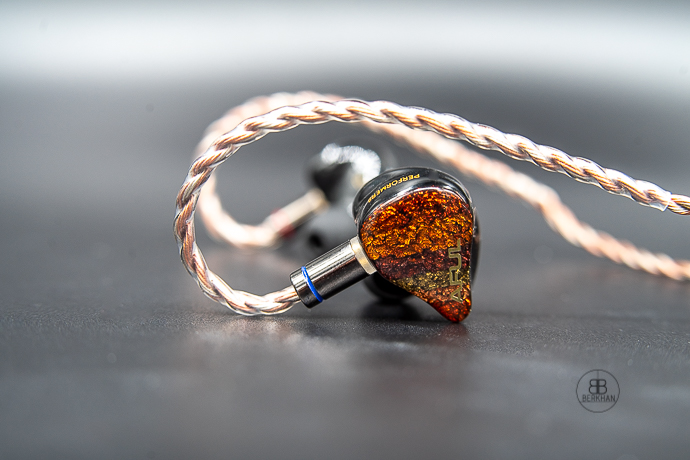
The Performer 8 have impressive bass quality with a dry and controlled presence. The lows are nicely balanced, dynamic, and have a tight texture. However, those who prefer a fuller, more bass-heavy sound may not find it in the P8. Despite this, the bass presentation is one of the best in its price range in terms of quality. The dynamic driver is expertly tuned, but some users may want a slight boost in the mid-bass. Overall, the P8 is an excellent choice for those seeking a well-controlled and high-quality bass experience.
Mids
The mids on the P8 have high resolution and clarity at an affordable price. The vocals and instruments are well-defined and clean. However, the mid-range can sound a bit dry due to a lack of fullness in sound reproduction. This creates a spacious and breathy presentation, as the mids (and mid-bass) do not dominate the stage. Again, a warm-sounding source unit would compensate for that trait.
Personally, I prefer IEMs with warmer and fuller sound for daily use. It’s challenging to produce a thick and full sound with a distinct mid-bass and lower-mid section while maintaining significant headroom at this price point. Therefore, it wouldn’t be fair to expect such advanced features from this unit.
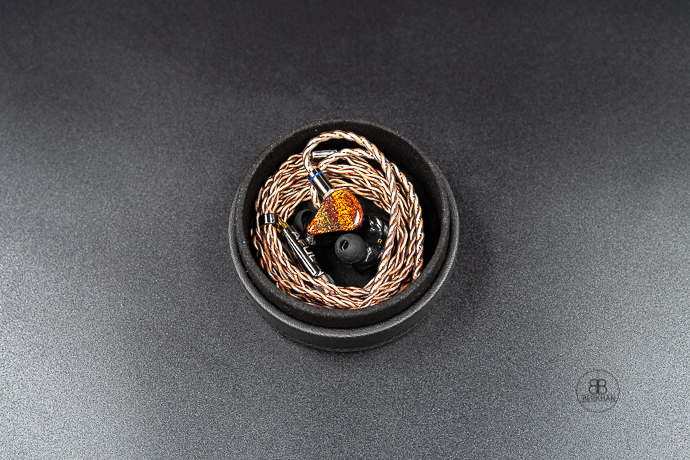
The P8 has many positive aspects despite some minor negatives. The level of detail and resolution are particularly impressive, resulting in clean vocals and instruments with excellent dynamism. Although some may prefer a fuller mid-range, the mid-range is still smooth and flowing with good separation and transparency. A fuller tonality would have been beneficial, but overall, the P8 is still a great choice.
With all that said, I think the upper mid-range sounds a bit shouty at times, depending on the recording. The timbre in that particular area isn’t the best I’ve heard. The positive side is that the P8 is not as v-shaped as the P5, so you have a better mid-range presentation with more detail and definition.
Treble
The treble in the P8 is once again crisp and dynamic, with excellent detail retrieval that allows you to hear every little detail in the song. The overall resolution is impressive, making the treble sound well-defined with great extension. What’s most impressive is the level of detail, which rivals higher-priced units. Of course, the level of detail also depends on your source device.
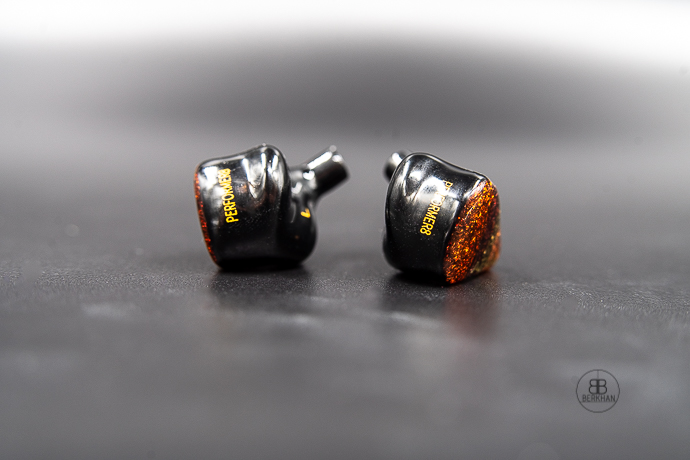
Sometimes the sound can be a little too energetic, but there’s no excessive sibilance or ear-piercing treble response at all. Otherwise, the treble does have excellent air and breath, which creates a spacious feel on the stage, no matter what genre or song you’re listening to. The lower-treble range, just like the upper mids, is a bit shouty, but considering the overall qualities of the IEM, I think this can easily be ignored.







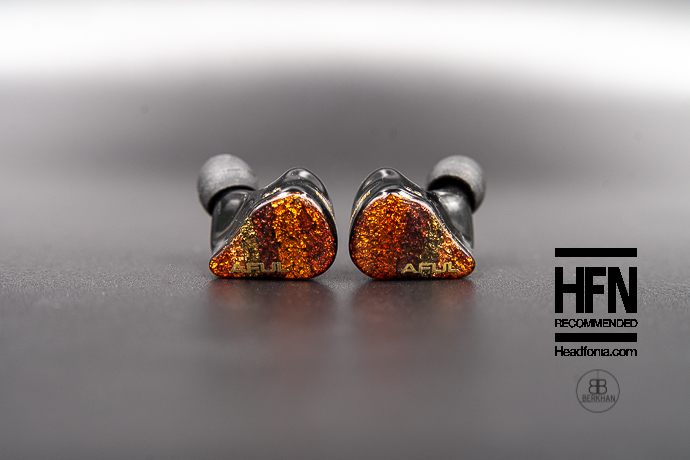
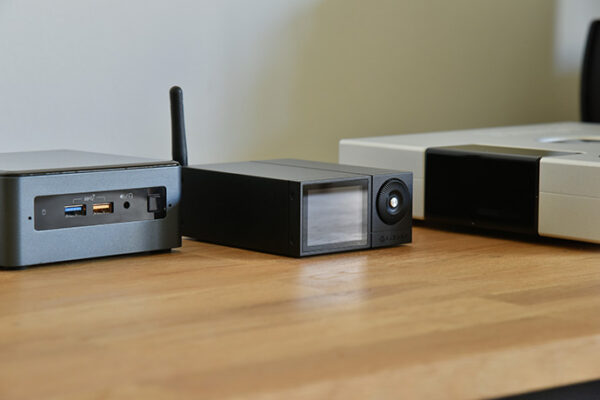

szore
Interesting…I find mid bass and sub bass hit with equal slam
Jonathan
Hi
How does it compare to softears rsv and yanyin Canon 2?
Cheers Jonathan